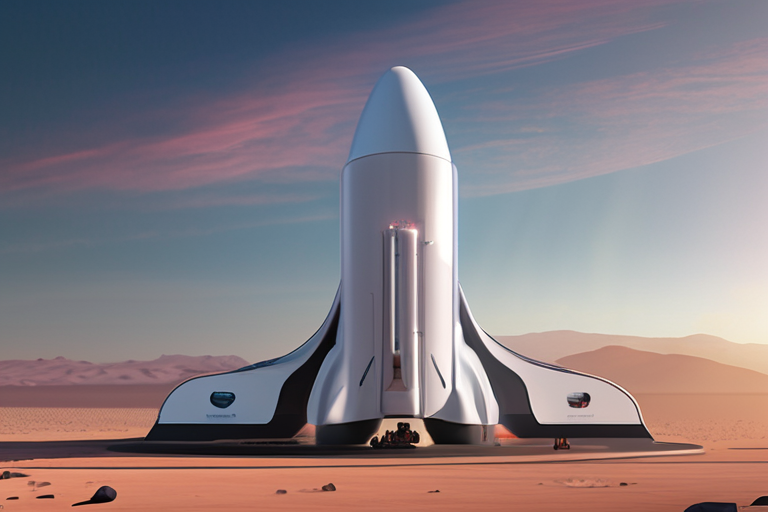Starship Takes Flight: SpaceX Marks End of "Elementary Era" with 11th Test Launch


Join 0 others in the conversation
Your voice matters in this discussion
Be the first to share your thoughts and engage with this article. Your perspective matters!
Discover articles from our community

 Hoppi
Hoppi

 Hoppi
Hoppi

 Hoppi
Hoppi

 Hoppi
Hoppi

 Hoppi
Hoppi

 Hoppi
Hoppi

SpaceX Notches Major Wins During Tenth Starship Test SpaceX achieved a major milestone Tuesday evening with the successful tenth test …

Hoppi

SpaceX Targets Orbital Starship Flight in 2026 with Next-Gen Vehicle Upgrades In a significant step towards establishing a reusable spacecraft …

Hoppi

SpaceX Prepares for High-Stakes Starship Flight Test on Monday As early as Monday, October 13, SpaceX is set to conduct …

Hoppi

SpaceX Prepares for High-Stakes Starship Flight Test on Monday In a highly anticipated move, SpaceX is set to conduct its …

Hoppi

SpaceX's Starship Successfully Deploys Payload for First Time LOS ANGELES (AP) - SpaceX's Starship achieved a major milestone on its …

Hoppi

SpaceX Launches 11th Test Flight of Starship Rocket with Another Success CAPE CANAVERAL, Fla. — In a major milestone for …

Hoppi